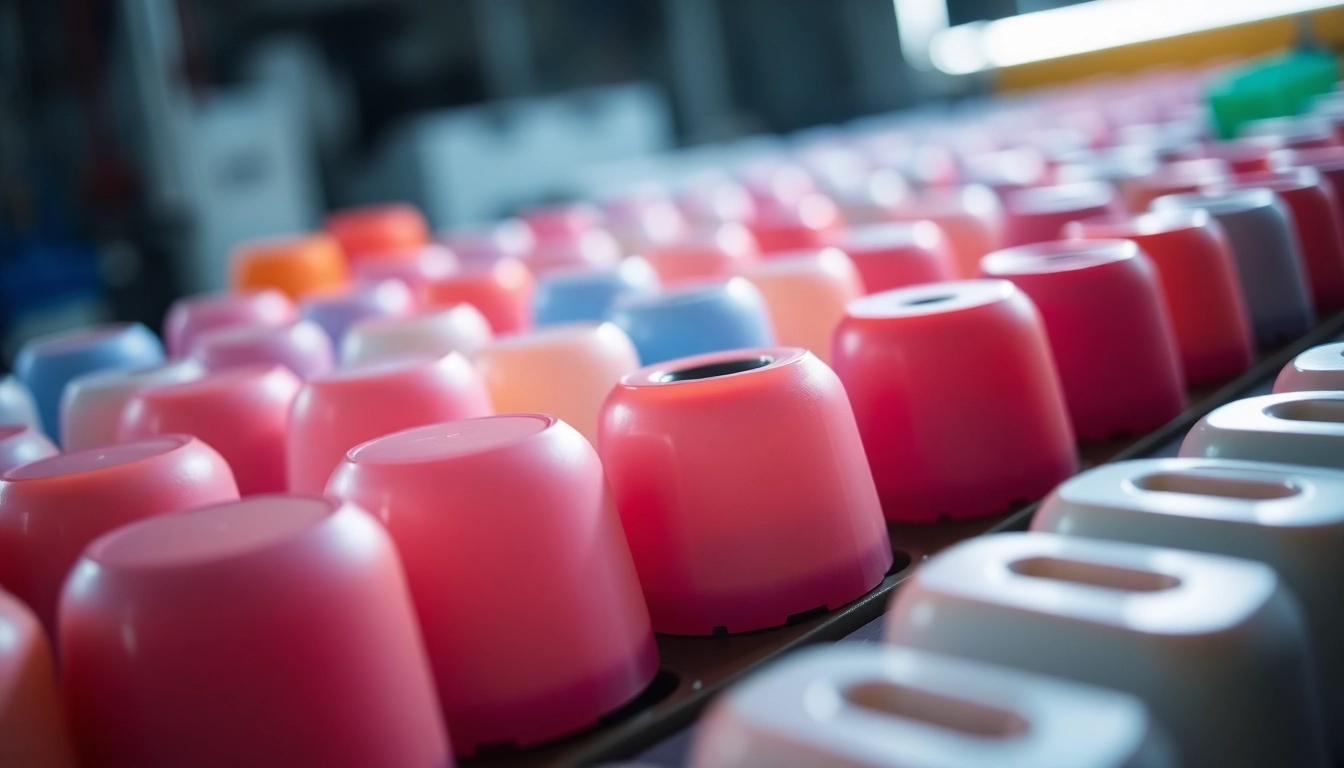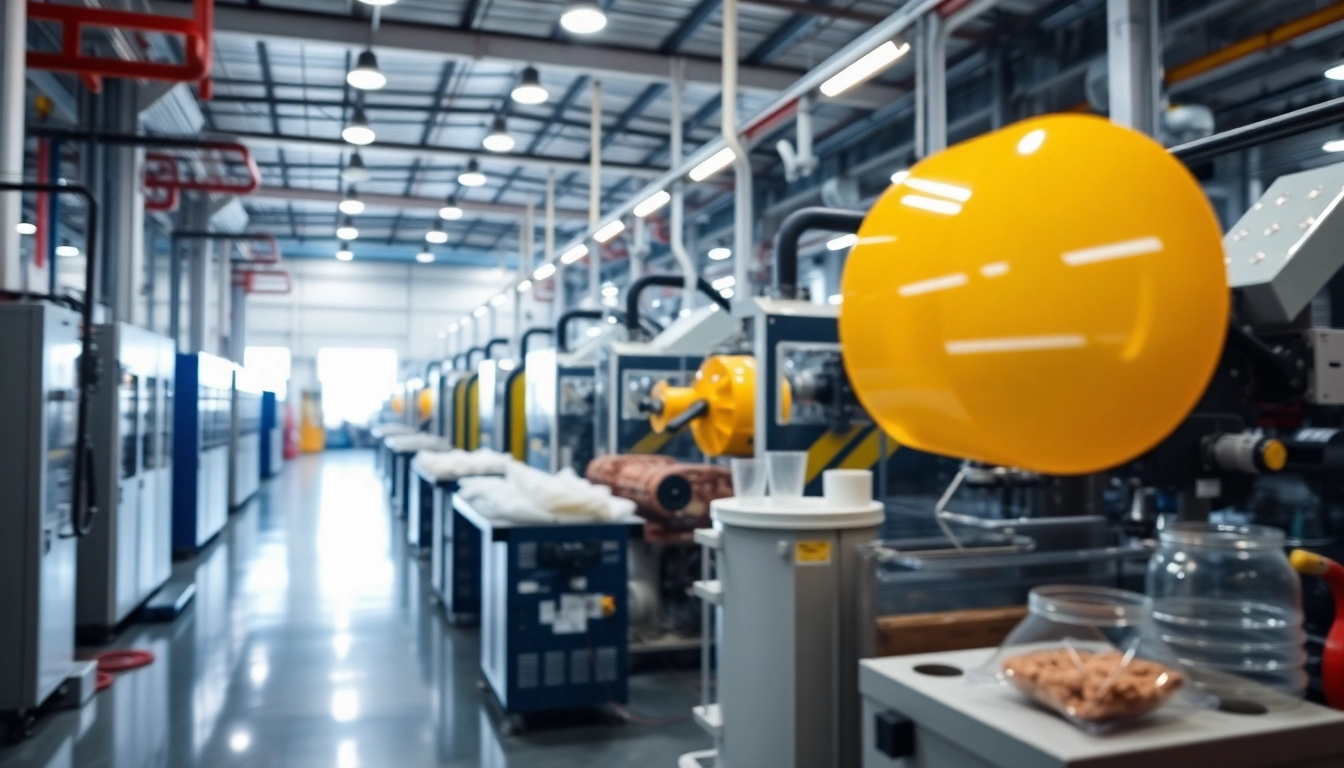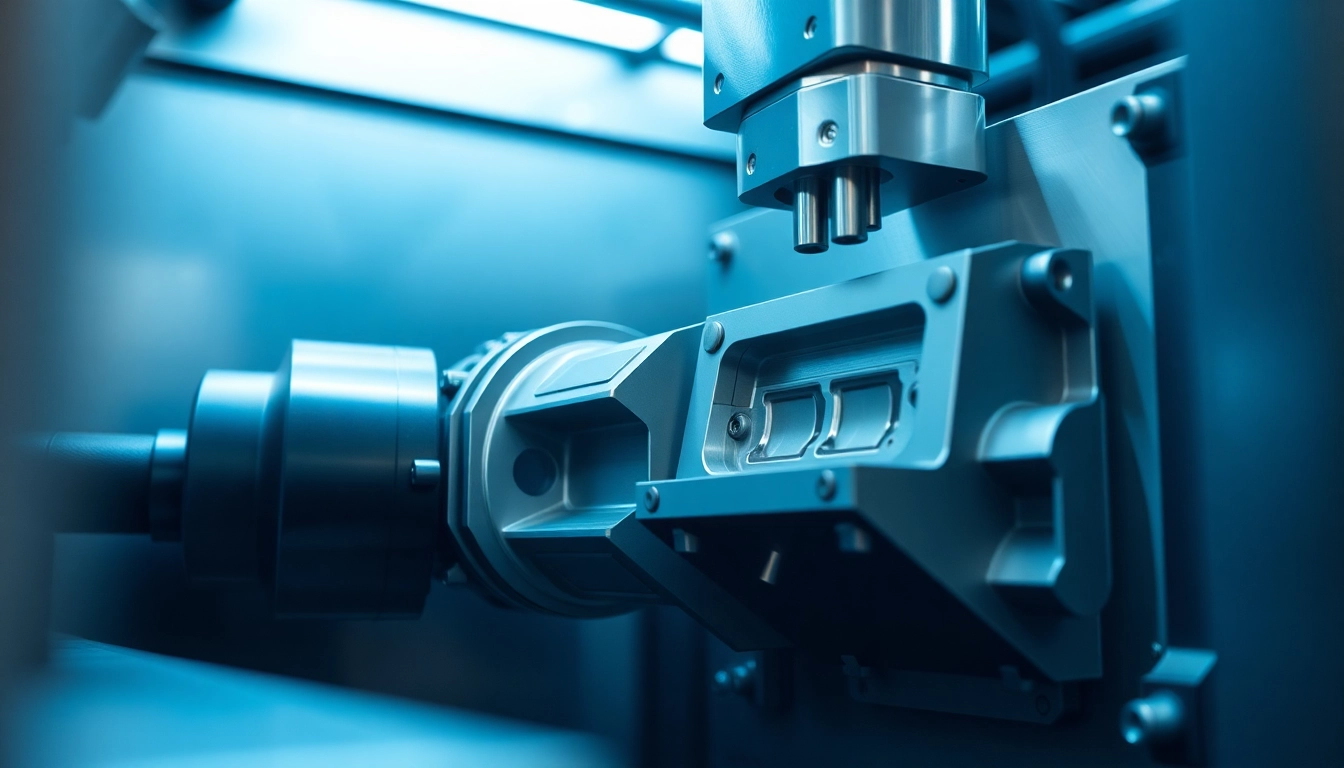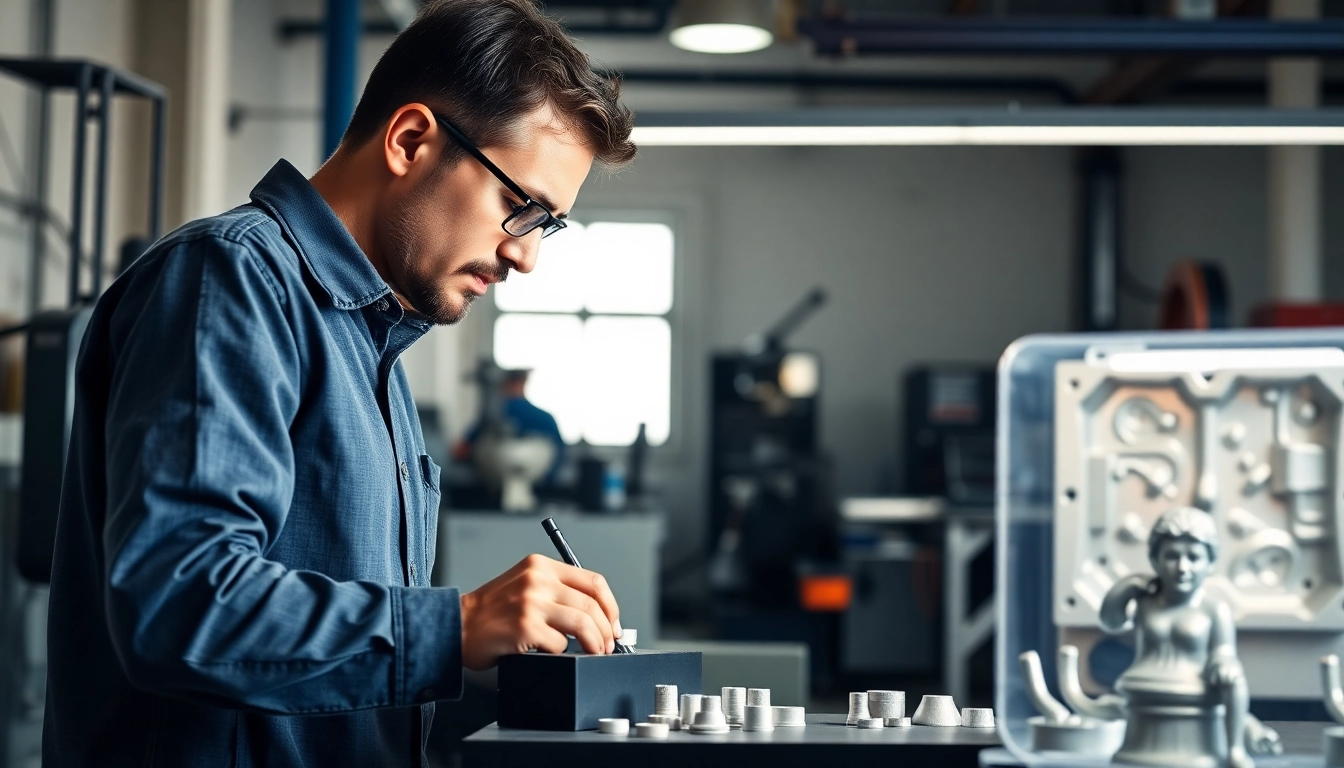Understanding Blow Moulded Plastic Parts
In the world of manufacturing, blow moulded plastic parts have emerged as a highly efficient method for creating hollow plastic objects. This versatile processing technique is integral in various industries, offering functionalities and designs that are not easily achievable through other manufacturing methods. Understanding what blow moulded plastic parts are and their manufacturing processes can help businesses leverage these solutions effectively.
What Are Blow Moulded Plastic Parts?
Blow moulded plastic parts are hollow items manufactured using a specialized process known as blow molding. This technique involves inflating heated plastic within a mold, forming the desired shape as the material cools. Unlike traditional molding methods that primarily produce solid parts, blow molding focuses on creating lightweight, hollow structures.
There are several applications for blow moulded parts, ranging from everyday items like bottles and containers to complex components used in automotive and aerospace industries. The process utilizes a variety of plastics, adapting to a range of performance specifications and market needs.
Common Materials Used in Blow Moulding
The efficacy of blow moulding hinges largely on the selection of materials. Manufacturers typically use thermoplastics due to their excellent moldability and recyclability. Common materials include:
- Polyethylene (PE): Available in high-density (HDPE) and low-density (LDPE) variants, this material is widely used for its strength and chemical resistance.
- Polypropylene (PP): Known for its rigidity, corrosion resistance, and suitability for higher temperature applications, PP is commonly used in packaging and automotive industries.
- Polyethylene Terephthalate (PET): This material has gained popularity in making bottles due to its transparency and ability to withstand pressure, making it ideal for carbonated beverage containers.
- Polyvinyl Chloride (PVC): PVC is used for applications requiring durability and resistance to acids and alkalis, common in construction and medical sectors.
Each of these materials offers distinct properties that can enhance specific product qualities, making them suitable for diverse applications.
Applications of Blow Moulded Products
Blow moulded products are ubiquitous across various industries, demonstrating their functionalities and advantages:
- Packaging: Blow moulding is widely used for creating robust, lightweight packaging solutions for food, beverages, and consumer goods.
- Automotive Components: Many automotive parts, such as fuel tanks and air ducts, are produced using blow moulding, attributing to their lightweight and impact-resistant properties.
- Household Products: Common household items, including containers, toys, and appliances often utilize blow molded components.
- Medical Equipment: Devices like IV bags and inhalers leverage blow moulding technology to produce sterile, lightweight products that meet stringent safety standards.
Types of Blow Moulding Processes
Understanding the various blow moulding processes is crucial for manufacturers to select the optimal method tailored to their product requirements. The primary types include:
Extrusion Blow Moulding Explained
Extrusion blow moulding (EBM) combines extrusion and blow moulding methods to create hollow parts. The process begins with melting plastic pellets and forming a parison (a tube-like structure). This parison is then enclosed in a mold, where air is introduced to inflate it into the mold’s shape. EBM is particularly advantageous for producing large quantities of simple, uniform parts, such as bottles and containers. Its efficiency makes it a popular choice across various industries.
Injection Blow Moulding Techniques
Injection blow moulding (IBM) integrates the features of injection moulding with blow moulding. The process starts by injecting molten plastic into a pre-fabricated mold to form a solid preform. This preform is subsequently transferred to a blow mould where air inflates it to the desired shape. IBM is preferred for producing high-precision, sturdy parts—such as pharmaceutical bottles—where dimensional accuracy and surface finish are critical.
Choosing Between Blow Moulding Types
The choice between EBM and IBM largely depends on the specific requirements of the project:
- Volume Production: EBM is more suited for high-volume production runs of items like bottles, while IBM is ideal for producing smaller batches of complex parts.
- Design Complexity: IBM allows for intricate designs with sharper details and tolerances compared to EBM, which is limited by the simplicity of the mold.
- Material Flexibility: While both methods work with a variety of plastics, certain materials may perform better under one processing method than the other.
Benefits of Using Blow Moulded Plastic Parts
The advantages of blow moulded plastic parts play a significant role in their continued use across multiple industries:
Cost-Effectiveness in Production
Blow moulding is renowned for its cost-efficient production capabilities. Once the mold is created, the process can yield thousands of identical parts with minimal labor costs. Additionally, the lightweight nature of blow moulded products helps reduce transportation and material costs, leading to further savings over time.
Design Flexibility and Customization
The blow moulding process allows for significant design flexibility, accommodating customized shapes and sizes suited for various applications. This flexibility extends to color and finish options, ensuring that products meet aesthetic and functional requirements without cumbersome restrictions often posed by traditional manufacturing methods.
Environmental Considerations and Materials
Environmental sustainability is increasingly important within modern manufacturing. The use of recyclable thermoplastics in blow moulded parts aligns with sustainability goals, allowing products to be reprocessed at the end of their life cycle. Moreover, innovations in biodegradable materials are emerging, enhancing the environmental profile of blow moulded products.
Challenges in Blow Moulding Manufacturing
Despite its advantages, the blow moulding process presents specific challenges that manufacturers must navigate:
Quality Control and Consistency
In large-scale production, maintaining quality and consistency can be challenging. Variations in temperature, pressure, and material characteristics during production can lead to defects. Implementing stringent quality control measures and adopting advanced monitoring technology, such as automated feedback systems, can help manufacturers minimize variability and enhance quality assurance.
Material Limitations and Advancements
The material chosen for blow moulding significantly impacts end product quality. While many plastics work well, not all can withstand high temperatures or pressures, limiting their use in some applications. Researchers are continually developing new materials that offer better performance characteristics, which can expand the applications of blow moulding in various fields.
Addressing Industry-Specific Challenges
Different industries have unique challenges that may affect blow moulding applications. For instance, the medical industry requires sterile environments and rigorous compliance with regulations, while the automotive sector demands high durability and performance standards. Manufacturers must adapt their processes and materials to address these specific requirements effectively.
The Future of Blow Moulded Plastic Parts
The future of blow moulded plastic parts looks promising, fueled by advancements in technology and increasing demand for lightweight, durable products:
Innovations in Blow Moulding Technology
As industries evolve, blow moulding technologies are also advancing. Innovations such as in-mould labeling, which adds graphics and labels during the packaging process, and the development of multi-layer blow moulding techniques offer enhanced product functionality and branding opportunities. These advancements enable manufacturers to stay competitive by improving productivity and product appeal.
Sustainability Trends in Plastic Manufacturing
The conversation around sustainability continues to shape the plastics industry. With increasing pressure to adopt eco-friendly practices, manufacturers are exploring solutions such as using recycled materials and improving energy efficiency within their production processes to reduce carbon footprints. Sustainability initiatives are expected to drive the evolution of blow moulding practices significantly.
Market Predictions and Industry Growth
Market analysts predict substantial growth in the blow moulded plastic parts segment due to rising demand in automotive, consumer goods, and packaging sectors. Emerging markets and the expansion of e-commerce will likely drive this growth as manufacturers seek efficient solutions to meet increasing consumer demands. The future landscape may also reveal new applications in healthcare, environmental remediation, and more, driven by innovative thinking and enhanced product development.




